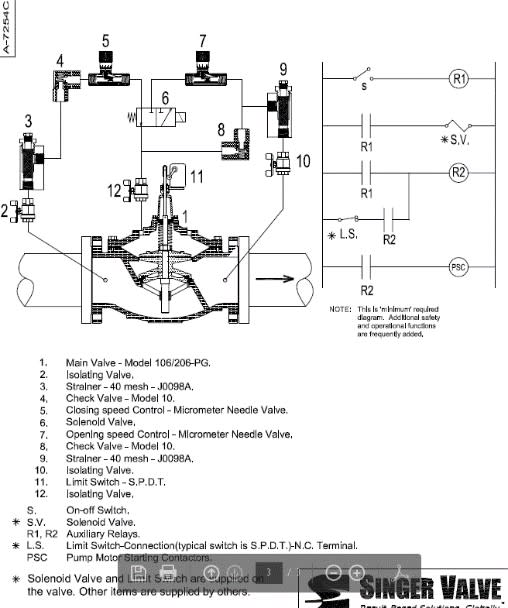jartgo
Civil/Environmental
- Oct 20, 2005
- 220
Can anyone point me to a general schematic of how this functions? I don’t necessarily need the actuators inner workings. I’m more interested in the connections to the system header. My specific situation is the application of a Pump control valve on a high service Pump. Thus I have (relatively) constant pressure on the distribution side and periods of no pressure on the Pump side. What I’m hoping is that the actuator will be connected to both sides, such that to shut the valve it will use distribution pressure and that to open the valve it will use discharge pressure, such that the valve won’t open if the pump isn’t generating an overcome pressure. Looking for a schematic that might illustrate this, or some other general working arrangement. Thanks in advance.

